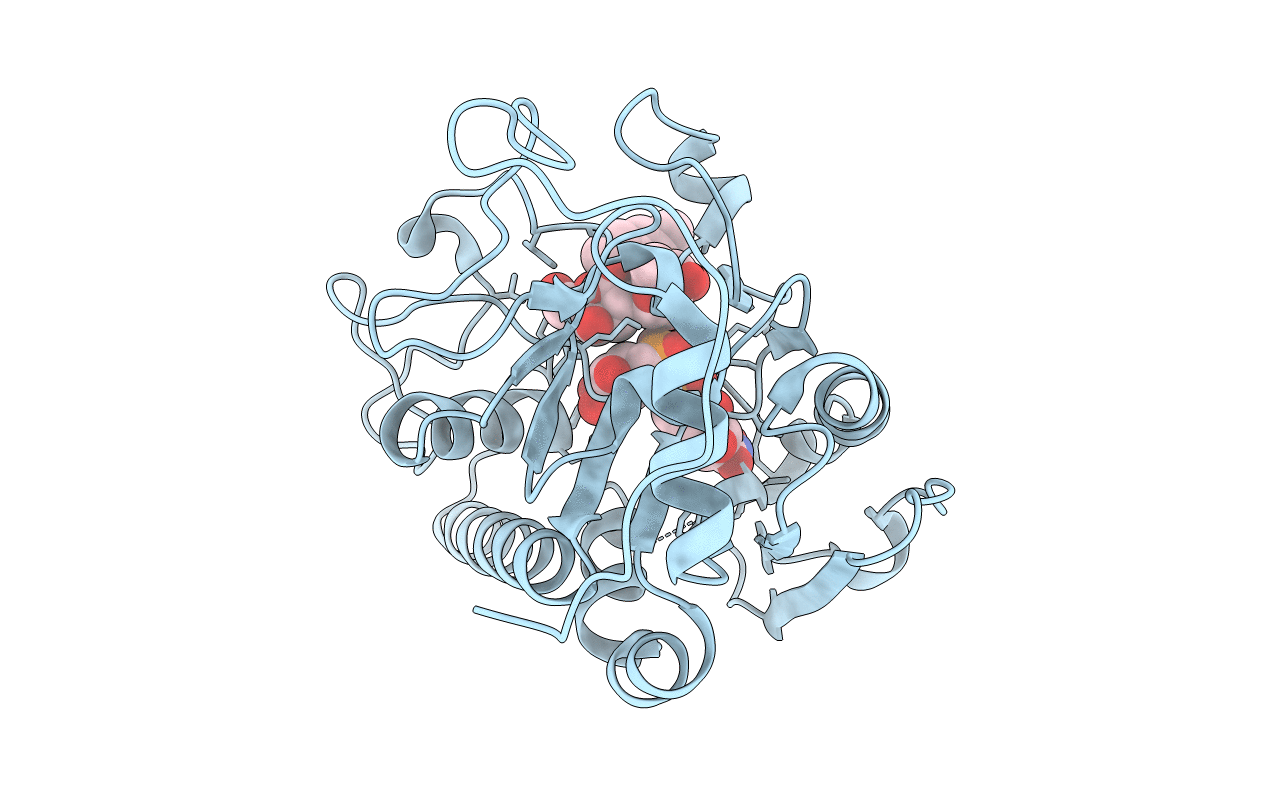
Deposition Date
2015-06-17
Release Date
2015-09-23
Last Version Date
2023-09-27
Method Details:
Experimental Method:
Resolution:
1.46 Å
R-Value Free:
0.18
R-Value Work:
0.18
R-Value Observed:
0.18
Space Group:
C 2 2 21


